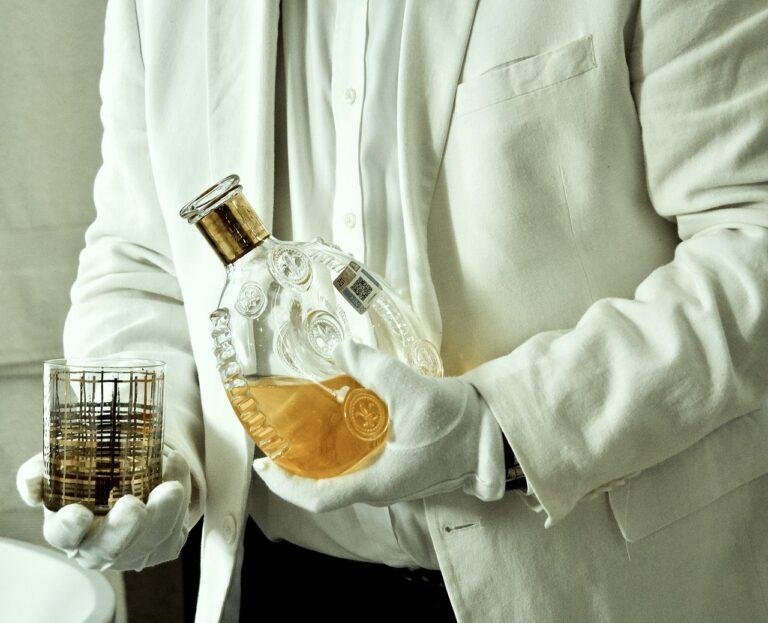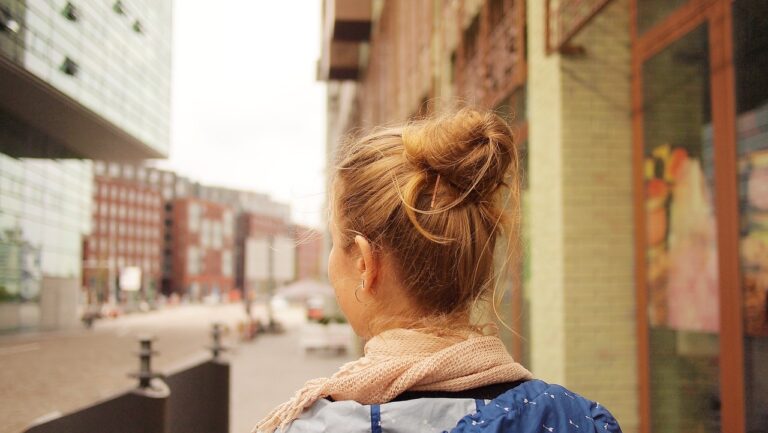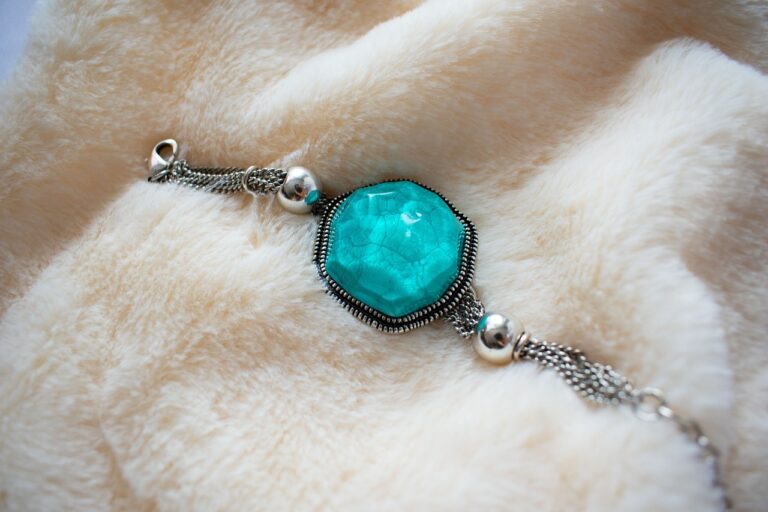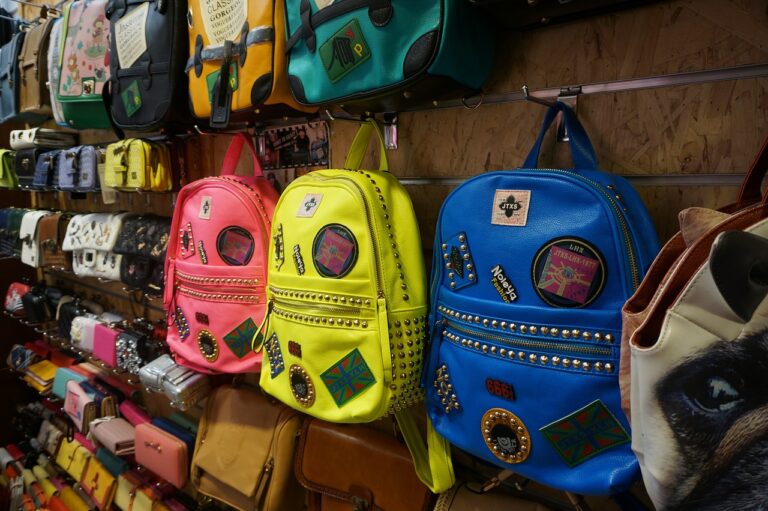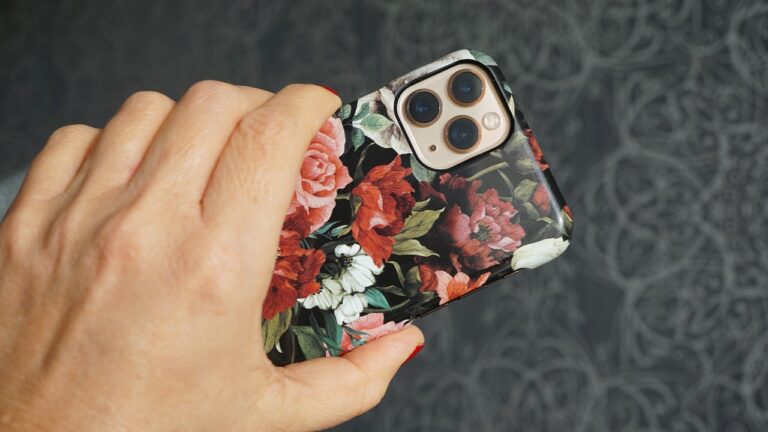The Psychology of Color in Fashion: Understanding How Hues Affect Mood and Perception
Understanding color theory is essential in various fields such as art, design, and psychology. Colors can evoke different emotions and reactions based on their hue, saturation, and brightness. The color wheel, consisting of primary, secondary, and tertiary colors, serves as the foundation of color theory, illustrating the relationships between different hues.
Colors can be categorized into warm tones, cool tones, and neutrals, each with its own characteristic attributes. Warm colors such as red, orange, and yellow are known for their energizing and stimulating effects. In contrast, cool colors like blue, green, and purple are often associated with calmness and relaxation. Neutrals, including black, white, grey, and brown, can provide balance and sophistication when paired with other hues.
The Impact of Warm Colors on Emotions
Warm colors like red, orange, and yellow are known to evoke feelings of energy and warmth in individuals. Red, in particular, is often associated with passion and intensity, while orange can symbolize enthusiasm and creativity. Yellow is commonly associated with happiness and positivity, making it a popular choice for spaces where optimism is desired. These warm hues have the ability to stimulate and invigorate the mind, creating a sense of excitement and dynamism in the environment they are used in.
When warm colors are utilized in interior design, they have the potential to create a cozy and inviting atmosphere. Spaces decorated with warm tones can feel more intimate and welcoming, encouraging social interaction and communication. Whether it’s in a café, restaurant, or living room, incorporating warm colors can help foster a lively and energetic ambiance that resonates with a sense of comfort and homeliness.
• Warm colors like red, orange, and yellow evoke feelings of energy and warmth
• Red is associated with passion and intensity
• Orange symbolizes enthusiasm and creativity
• Yellow represents happiness and positivity
• These warm hues stimulate the mind, creating excitement and dynamism
When warm colors are used in interior design:
• They create a cozy and inviting atmosphere
• Spaces feel more intimate and welcoming
• Encourage social interaction and communication
• Foster a lively and energetic ambiance
• Resonate with a sense of comfort and homeliness
Cool Colors and Their Soothing Effects
Cool colors, such as blue, green, and purple, are often associated with a sense of calmness and serenity. These hues have the ability to evoke feelings of tranquility and relaxation, making them popular choices for spaces where peace and harmony are desired.
Blue, in particular, is known for its calming effect on the mind and body. When used in interiors, blue can create a sense of spaciousness and openness, promoting a feeling of serenity and balance. Similarly, green hues are often linked to nature and growth, providing a sense of renewal and rejuvenation. Incorporating cool colors into your environment can help create a peaceful and soothing atmosphere, perfect for unwinding after a long day.
What are some examples of cool colors?
Some examples of cool colors include blue, green, and purple.
How do cool colors affect emotions?
Cool colors are often associated with calming and soothing effects on emotions.
Can cool colors be used in a space to create a relaxing atmosphere?
Yes, using cool colors in a space can help create a relaxing and calming atmosphere.
Are cool colors more appropriate for certain rooms in a home?
Cool colors are often recommended for bedrooms, bathrooms, and other spaces where relaxation is desired.
How can I incorporate cool colors into my home decor?
You can incorporate cool colors into your home decor through paint, furniture, accessories, and artwork.


